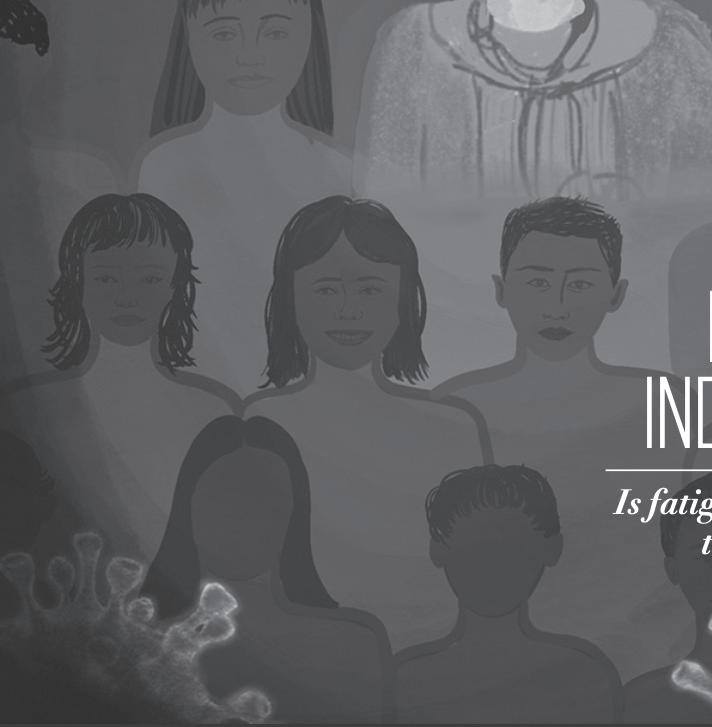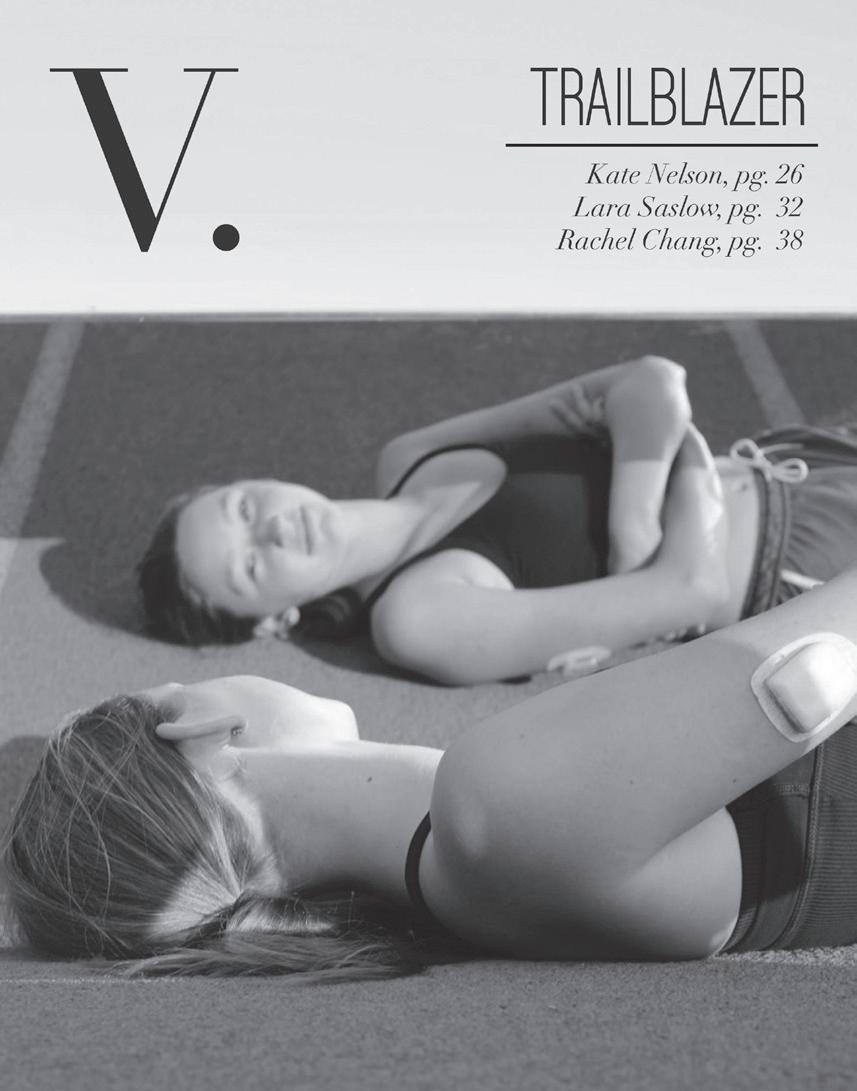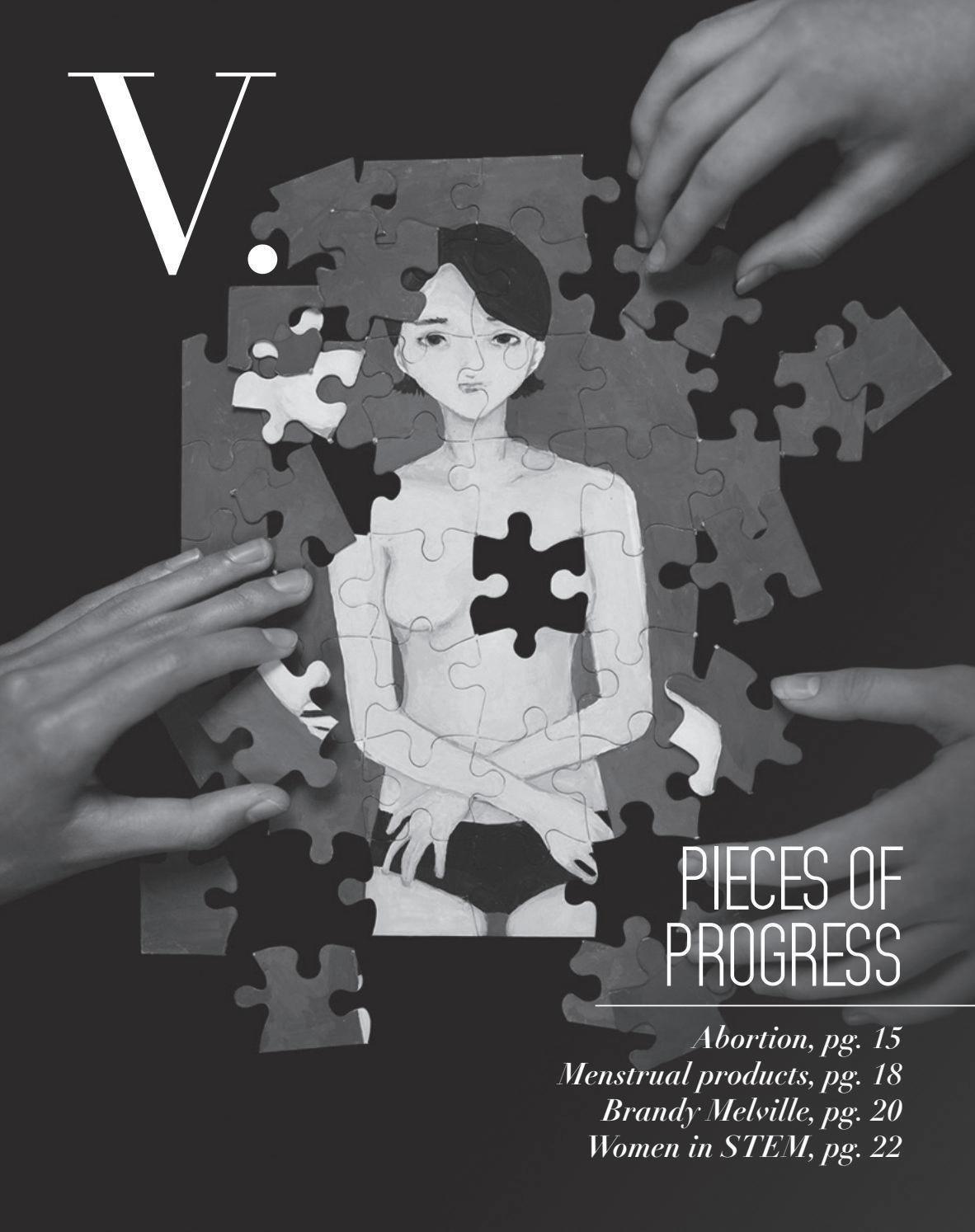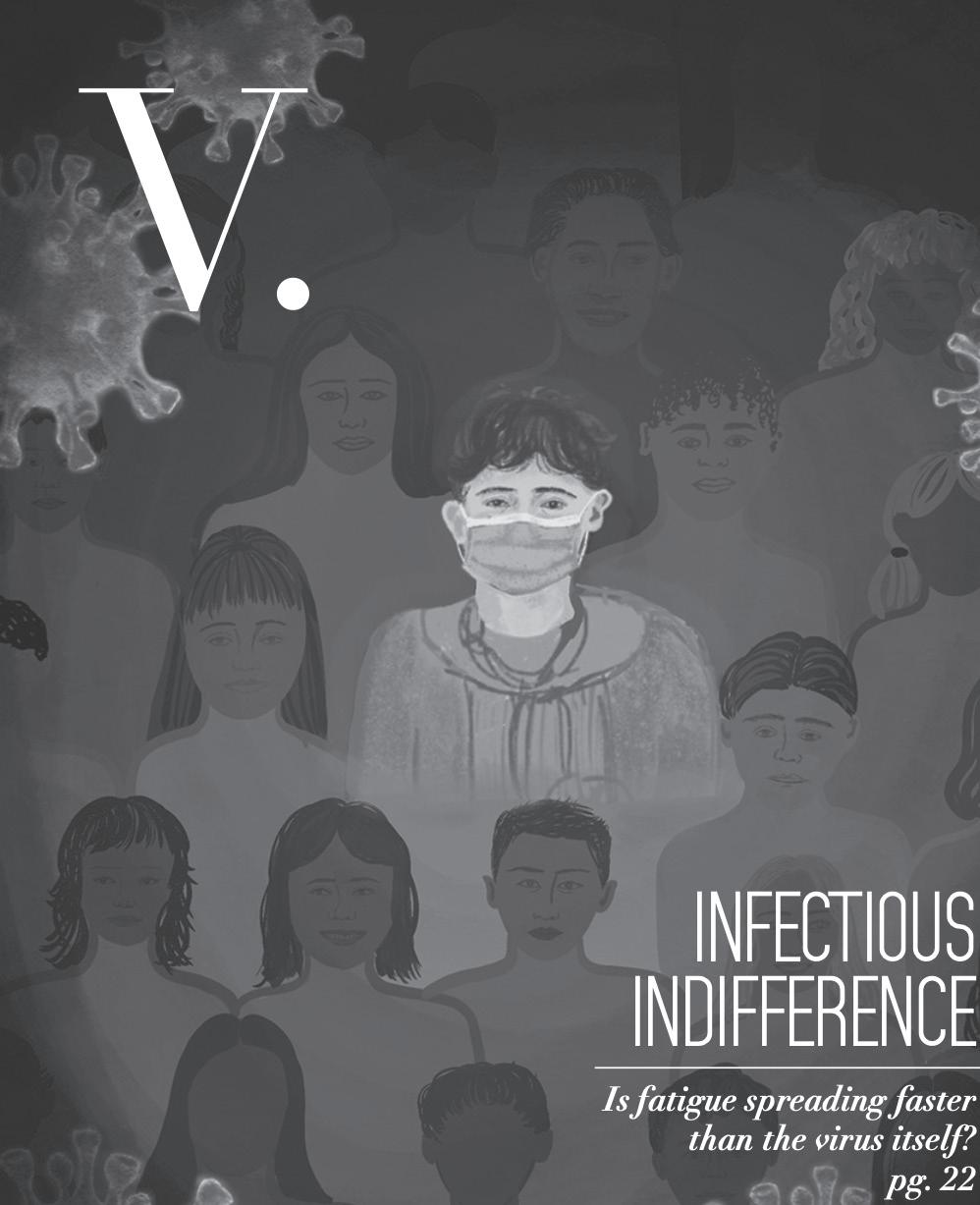
4 minute read
THE GIRL BEHIND THE CAMERA RAISING SPIRIT THROUGH MEDIA P
ALO ALTO HIGH SCHOOL football players sprint across the field, their motions synched to the beats of A$AP Rocky’s “The God Hour.” A touchdown pass is announced, and the victorious hollering of students bleeds through the song lyrics momentarily before the video resumes its course.
This teaser clip of an October football match between Paly and Milpitas High School spans less than a minute — but the high quality, multi-angle footage took junior Clare Antonow hours to film, edit and produce. However the time is well spent; Antonow’s videos, a project started for Madrono yearbook, garner thousands of views on Instagram and boost morale for sports teams around campus.
Antonow said she began producing videos in 6th grade using GoPro cameras to create short travel montages.
“I really have a hard time watching my first videos because I’d say it [her videography skills] are definitely a lot better since then,” Antonow said.
Now, she films and edits videos for multiple organizations at Paly including theater, intramural spikeball, student-led spirit rallies and different sports. Of all the activities she has filmed, Antonow said football was particularly challenging at first.
“You don’t know what’s going to come next,” Antonow said. “You don’t know if there’s going to be a touchdown or not, so you kind of just have to stand there and film the entire thing.”
Although the production process can be time-consuming, Antonow said she finds it rewarding.
“Obviously, it’s different for every sport, but for football, I was able to make a lot of friends on the sideline,” Antonow said. “It’s really fun when people interact with the camera. ... My favorite part is at the end of the games; hopefully if the team wins, they’ll all stand around and hold up the ‘W’s’and cheer.”
Aside from her early experiences with video production, Antonow said that she draws a lot of inspiration from a videography account on TikTok and Instagram dedicated to the sports teams of St. Ignatius College Preparatory, “@wildcatsportsreels.”
“I saw a post from ‘Wildcats Sports Reels’ on TikTok [at the beginning of this school year],” Antonow said. “I got super inspired and I really wanted to try something [like that].”
Antonow said she learned the production process, such as the complete software behind Premiere Pro, on her own.
“I basically taught myself the entire process — all the effects, all the camera stuff,” Antonow said. “I really didn’t have experience with nice cameras. I use [Canon] R6 right now and I had no experience with shooting video on it … YouTube taught me everything.”
Antonow’s video work continues to uplift Paly sports teams, often raising morale for athletes such as senior and varsity football captain Va’inga Mahe Jr.
“It [her videos] made us more excited for the following weeks,” Mahe said.
The videos also help athletes evaluate their performance on the field.
“It gave us a different perspective,” Mahe said. “But also, it was a very cool video for us to showcase ourselves. ... I appreciate that she took the time out of her day to come record us. … It really helped us.” v
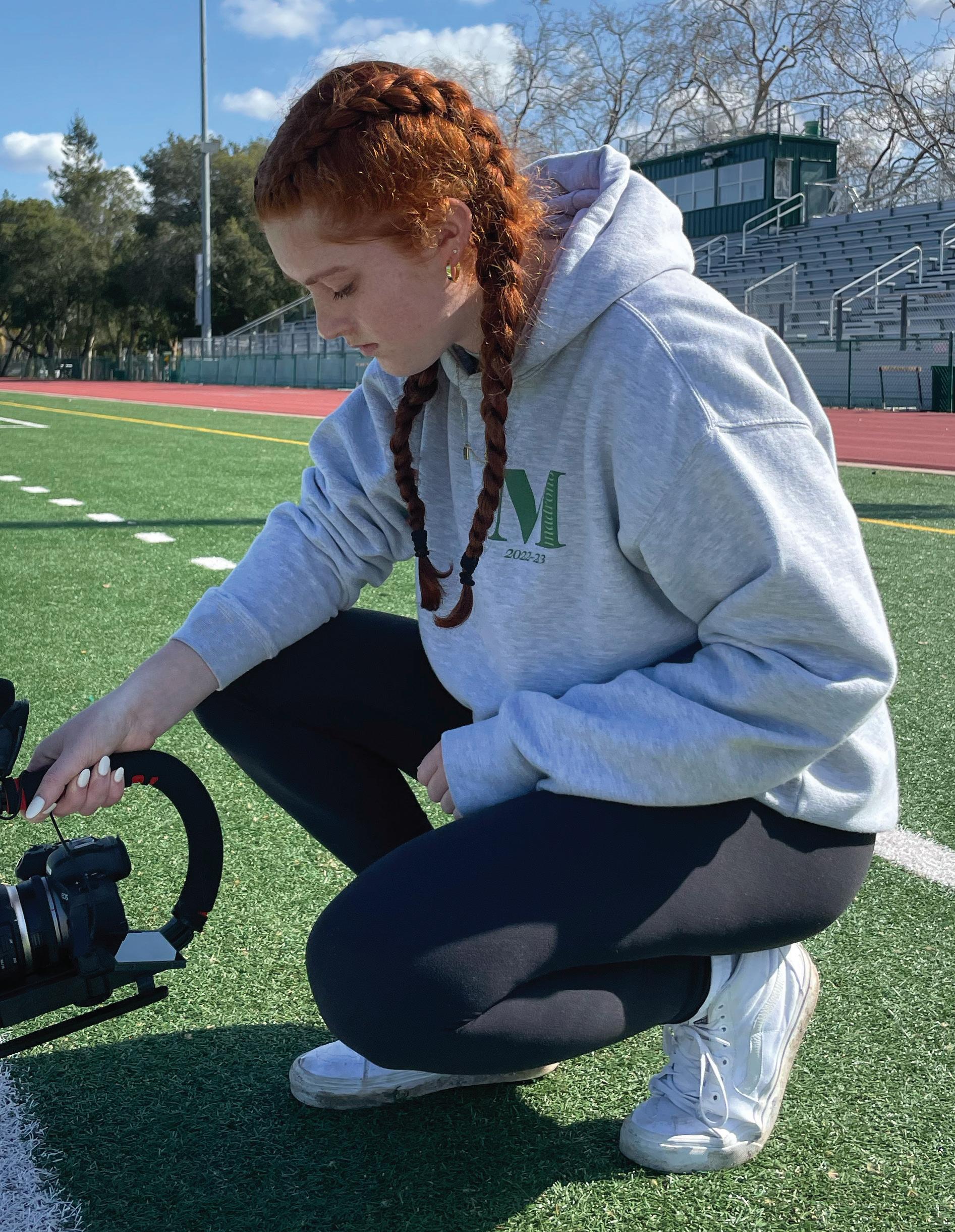

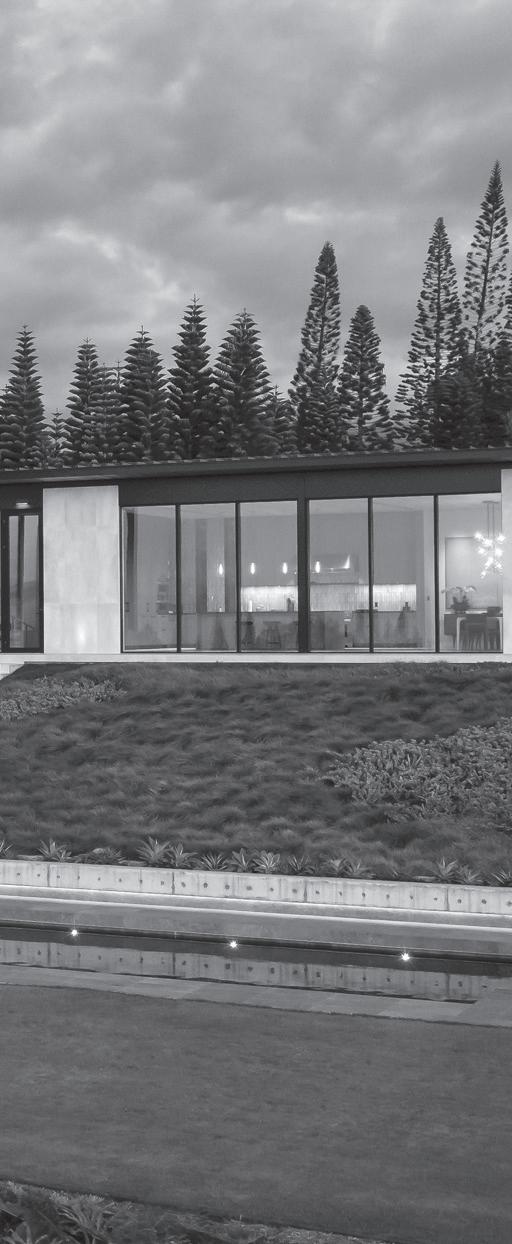
ZERO DOLLARS. THAT’S how much money Stanford professor Mark Z. Jacobson tweeted he had paid for his electric, natural gas and gasoline bills after one full year of living in his Palo Alto home. Under the sleek, modern architecture of the building lies not the expected traditional wood but instead a sturdy framing of prefabricated steel, setting the quality of the building’s longevity and energy efficiency far from its peers: these are all benefits of Jacobson’s BONE home.
First founded in Canada, BONE Structure has steadily begun to expand into the American market, finishing its first-ever home in California in 2016. In the six years that BONE has been active in the California market, the company has already constructed over a dozen homes in Palo Alto alone. The company currently has active projects throughout
Menlo Park, Atherton, Palo Alto, Los Gatos and Los Altos.
For BONE, the Bay Area is a prime location for expansion as a hub of innovation and technology.
As the demand for new and environmentally friendly changes is on the rise, BONE Structure aims to take hold of the opportunity presented in California and improve the traditional methods of construction.
“There’s just more of an appetite for technology, for innovation, for things that are a little different than the norm, particularly when they come with the performance that Bone structure homes do,” said Michael Melamed, a BONE Structure Director of Sales.
As an award-winning innovative family-owned company, BONE implements a unique steel construction system to help their clients design and create sustainable residential and commercial structures.
“He [BONE Structure founder Marc Bovet] saw a potential problem and a potential fix,” Melamed said. “The problem being more or less how we’ve been building homes the same way for hundreds of years, with wood framing and the same technologies.”
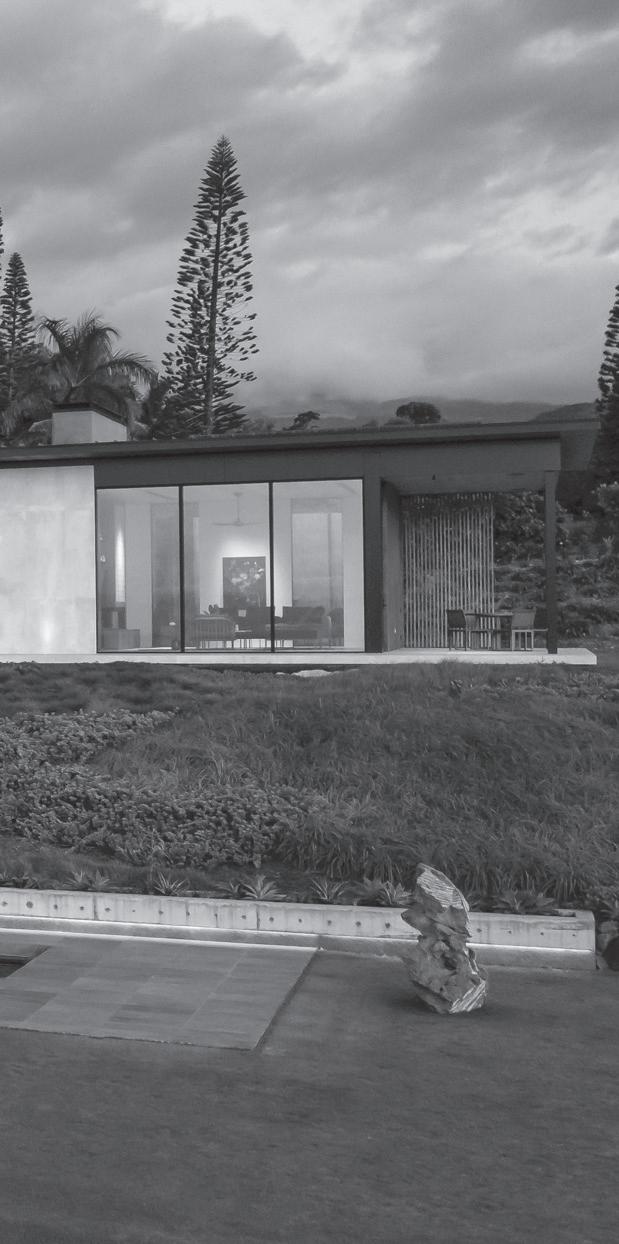
Using his network and experiences as part of the aerospace industry, Bovet set out to improve traditional construction methods into something more energy-efficient and high performing.
BONE found the answer through steel. More specifically, the implementation of recycled steel framing for buildings that are easily assembled during construction.
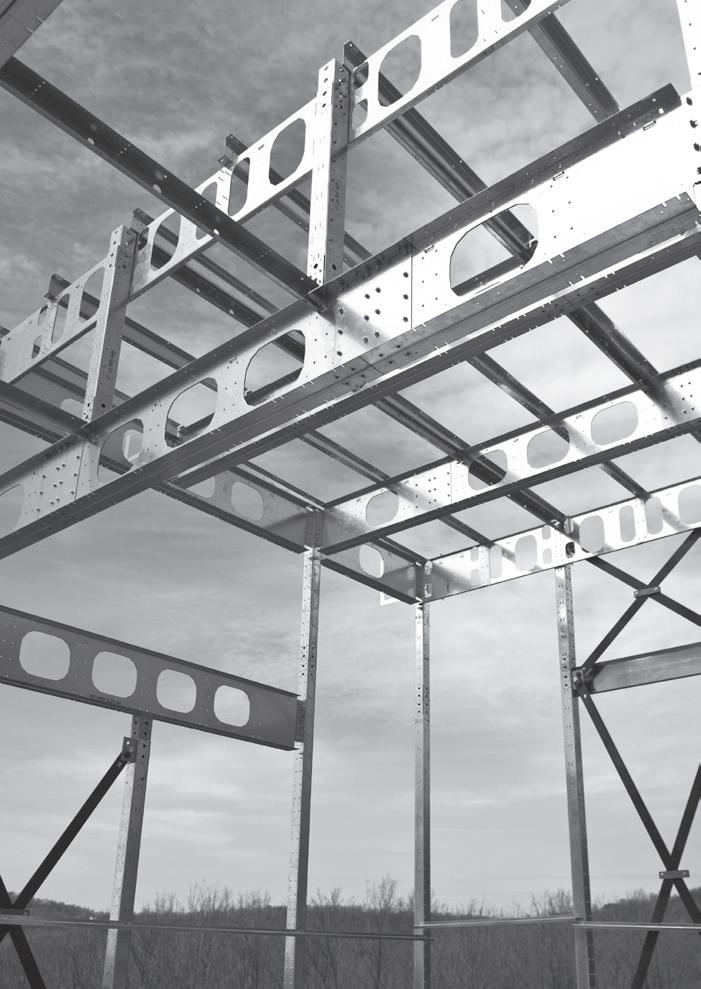
“89% of the steel that we use for our homes, which is predominantly in the framing of the home, is from recycled steel,” Melamed said.
Prefabricated and planned to fit exactly where it’s meant to go, this steel system prevents additional cutting or waste of wood.
The efficient assembly-type process, in contrast to traditional wood framing, also increases the overall efficiency and speed of the building process.
“Even though we’re using steel, you don’t see a lot of welding going on,” Melamed said. “We really talk about assembly. Instead of having all the tools, in many respects, we talk about the opportunity to just be able to have your electric screwdriver, a socket fitting, and bolt in a screw, and put the home together.”
BONE BUILDING (LEFT) — Modern, trendy and sleek, the BONE home ensures upto-date contemporary design in addition to sustainability and durability. “Once your concept is finished, you move into the schematic phase of ‘proving out’ the engineering,” said Michael Melamed, BONE Structure’s US-West Director of Sales. Photo courtesy of BONE Structure.
STEEL STRUCTURE (RIGHT) — BONE’s prefabricated steel framing sets a precedent for an eco-friendly alternative to the traditional construction system. “We can build custom just as you can with wood, but you’ll see some efficiencies,” Melamed said. Photo courtesy of BONE Structure.
This precision with the construction system contributes to the increased insulation of buildings and helps to improve the longevity of homes, fighting against moisture, rot, bugs and even natural disasters. Furthermore, all BONE homes are eco-friendly and are NET zero energy, meaning the energy produced by the building is equivalent to the energy consumed.
“If we can get others to lean into potential solutions to build homes more quickly, that would be great,” Melamed said. “Particularly when it comes to a product like ours that is more sustainable, energy-efficient, helps homes reduce energy usage, and is fully NET zero-compliant and high performing.” v


